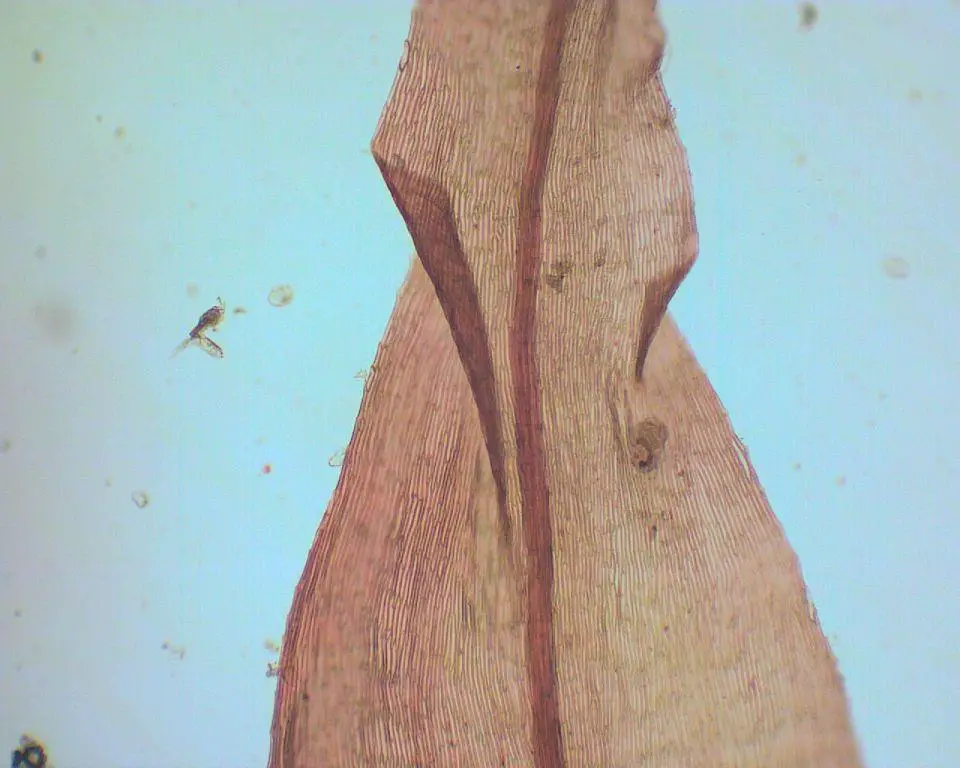
610.jpg from: https://ukrbin.com/show_image.php?imageid=65973
Introduction
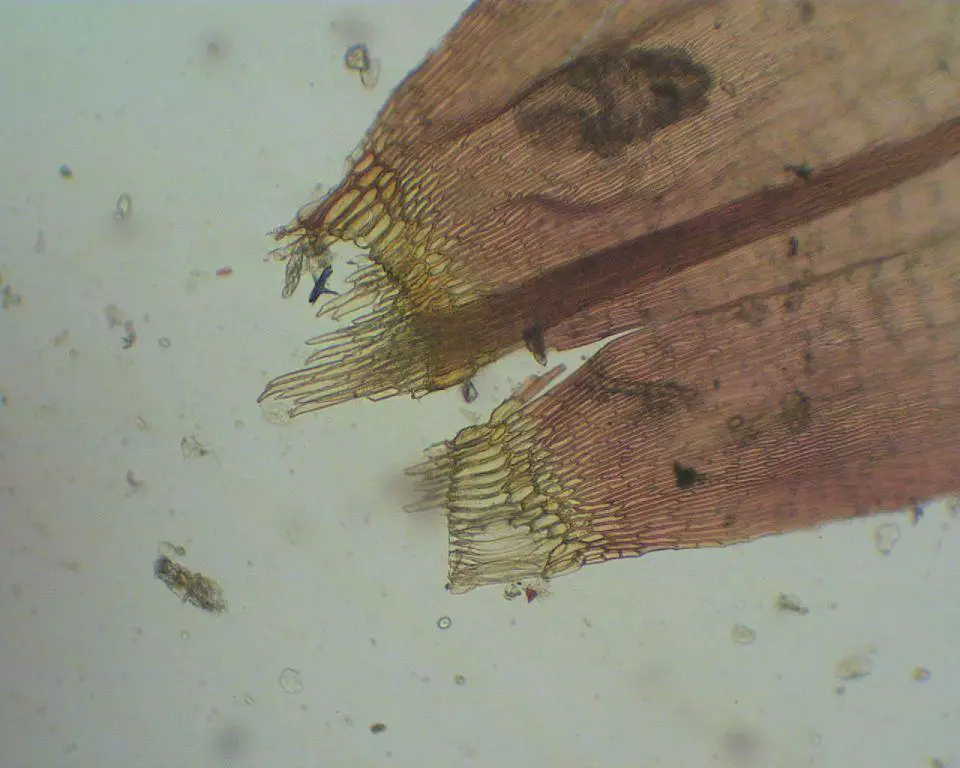
435.jpg from: https://ukrbin.com/show_image.php?imageid=65971
The world of mosses is a fascinating and often overlooked realm, home to a diverse array of tiny, resilient plants that have been around for millions of years. Among these unsung heroes of the plant kingdom is the Sarmentypnum exannulatum (Schimp.) Hedenäs, a moss species belonging to the Calliergonaceae family, also commonly known as Sarmentypnum.
Background
Before we delve into the intricacies of this remarkable moss, let’s set the stage with a brief overview of mosses themselves. Mosses are bryophytes, a group of non-vascular plants that reproduce via spores rather than seeds. Despite their diminutive size, these ancient organisms play crucial roles in various ecosystems, acting as pioneers in colonizing new environments and contributing to soil formation and water retention.
Main Content
Morphology and Identification
The Sarmentypnum exannulatum is a pleurocarpous moss, meaning its stems grow horizontally along the substrate. Its slender, creeping stems can reach lengths of up to 10 centimeters, with small, ovate-lanceolate leaves arranged in a spiral pattern. The leaves are typically less than 2 millimeters long and feature a distinctive midrib that extends nearly to the leaf tip.

105.jpg from: https://ukrbin.com/show_image.php?imageid=65977
One of the key identifying features of this moss is its
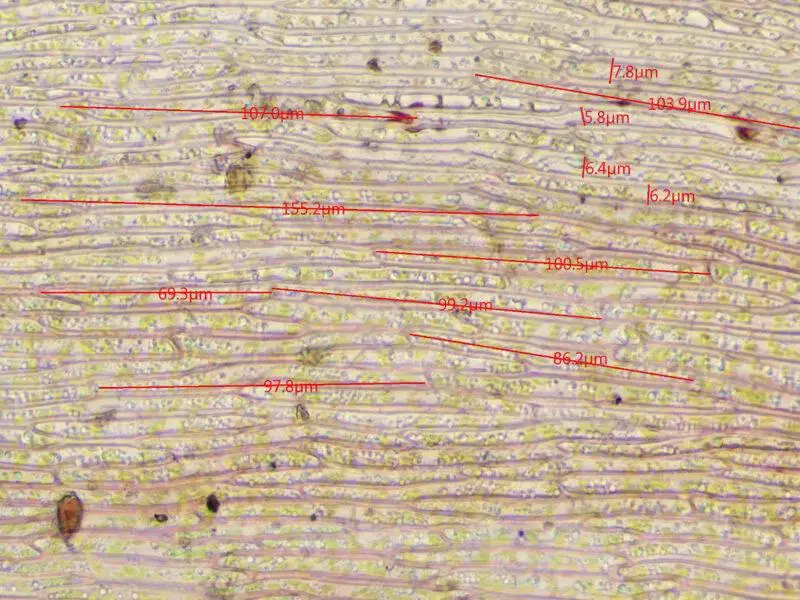
2021-04-25-14-59-00-800×600.jpg from: https://www.britishbryologicalsociety.org.uk/learning/species-finder/sarmentypnum-exannulatum/
exannulate capsules, which lack a distinct ring of specialized cells (annulus) around the mouth. These capsules are borne on short, reddish-brown setae (stalks) and are often curved or inclined.
Global Distribution and Habitat
The Sarmentypnum exannulatum is widely distributed across the Northern Hemisphere, with populations found in Europe, Asia, and North America. It thrives in a variety of habitats, including moist, shaded areas such as coniferous and mixed forests, stream banks, and rocky outcrops.
This moss prefers acidic substrates and is often found growing on decaying logs, stumps, and the bases of trees, where it can take advantage of the moisture and nutrients provided by the decomposing organic matter.
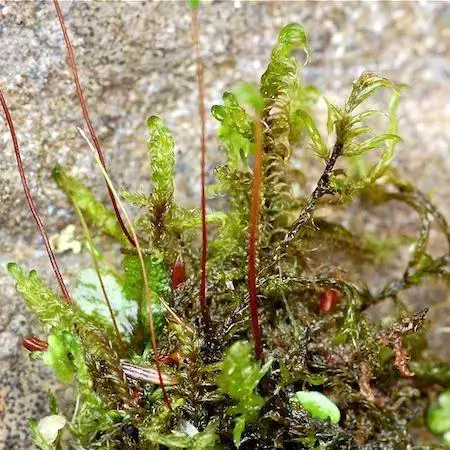
warnstorfia_exannulata1.jpg from: http://www.luopioistenkasvisto.fi/Sivut/sammalet/hetesirppisammal.html
Ecological Roles and Adaptations
Like many mosses, the Sarmentypnum exannulatum plays a vital role in its ecosystem. Its dense mats help retain moisture and prevent soil erosion, creating a microhabitat for other small organisms such as insects, mites, and microorganisms.
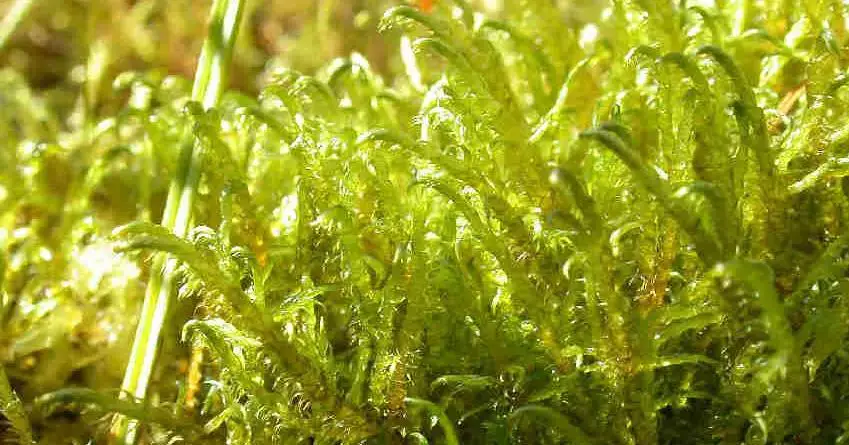
Sarmentypnum%2Bexannulatum.JPG from: http://taxondiversity.fieldofscience.com/2018/01/hypnum-exannulatum.html
Additionally, this moss is well-adapted to its environment. Its creeping growth habit allows it to efficiently colonize new areas, while its small size and ability to desiccate and revive when moisture returns make it highly resilient to changing environmental conditions.
Case Studies/Examples
In a study conducted in the Pacific Northwest region of North America, researchers found that the Sarmentypnum exannulatum
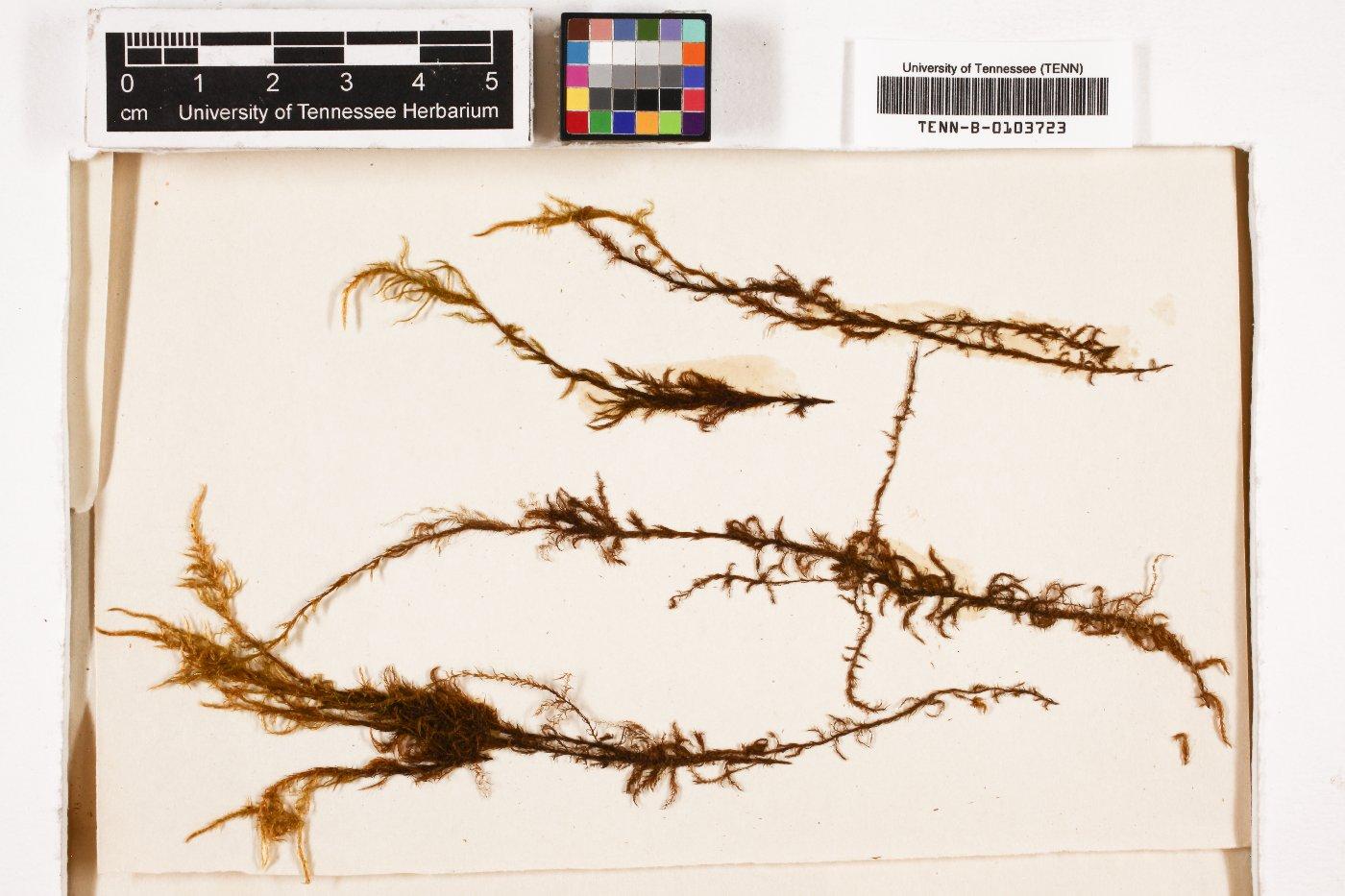
TENN-B-0103723_b.jpg from: https://bryophyteportal.org/portal/taxa/index.php?taxon=161288
was one of the most abundant moss species in old-growth coniferous forests. Its presence was closely linked to the availability of decaying wood substrates, highlighting its importance in the nutrient cycling and decomposition processes within these ecosystems.
Technical Table
| Characteristic | Description |
|---|---|
| Phylum | Bryophyta
14654 from: https://biodiversite.cevennes-parcnational.fr/espece/718804 |
| Class | Bryopsida |
| Order | Hypnales |
| Family | Calliergonaceae |
| Genus | Sarmentypnum |
| Species | exannulatum
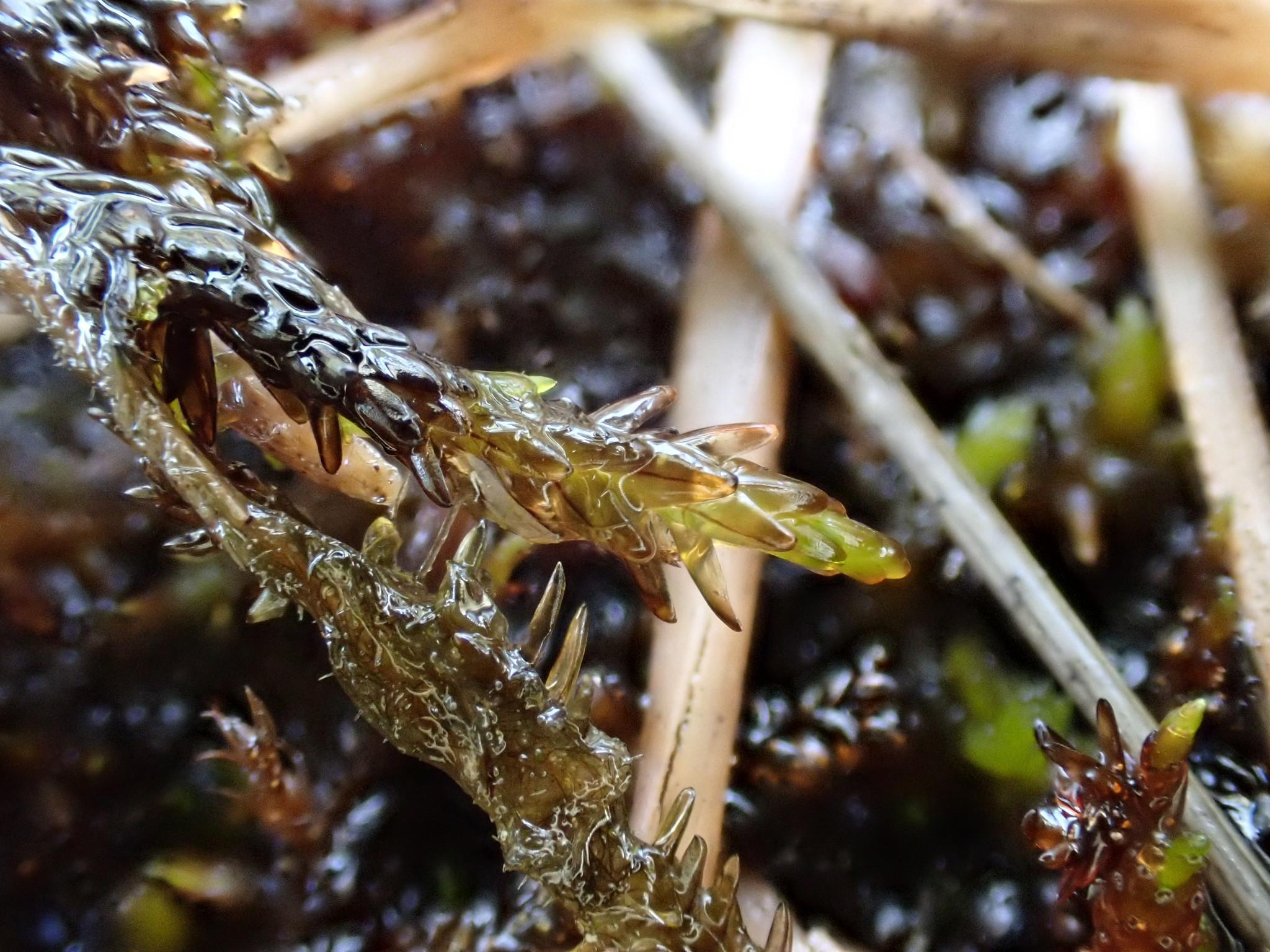 original.jpeg from: https://www.gbif.org/es/species/7749266 |
| Growth Form | Pleurocarpous |
| Leaf Arrangement | Spiral |
| Leaf Shape | Ovate-lanceolate |
| Capsule Type | Exannulate |
Conclusion
The Sarmentypnum exannulatum (Schimp.) Hedenäs
210195.jpg from: https://inpn.mnhn.fr/espece/cd_nom/718804
may be small in stature, but its impact on the ecosystems it inhabits is anything but insignificant. From its role in soil formation and moisture retention to its contributions to nutrient cycling and biodiversity, this unassuming moss is a true ecological champion. As we continue to explore and appreciate the wonders of the natural world, let us not forget the importance of these tiny, resilient organisms that have been quietly shaping our planet for millions of years.
Ponder this: If mosses like the Sarmentypnum exannulatum could speak, what stories might they tell us about the ever-changing landscapes they have witnessed over the eons?